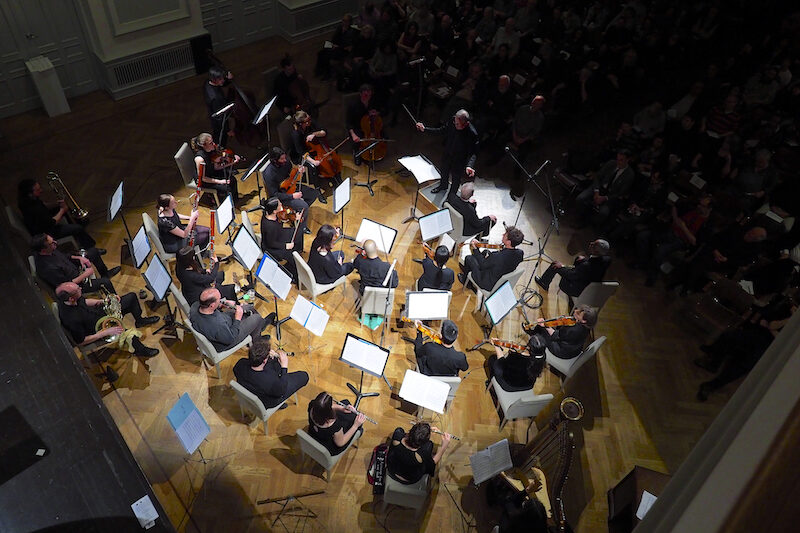Wilsie Bridge (1986-88)
Kotik's strictly instrumental music addresses a compositional problem unique to post-Cagean times – how to write nonclimatic, uninflected music that nonetheless moves forward. His Wilsie Bridge (1968-88) exemplifies Kotik's solution to this predicament, being as it is structurally propulsive but nonetheless filled with many musical gestures of equal esthetic weight. The inspiration was observing a swarm of fireflies on Wilsie Bridge Road near his country home in New York's Hudson Valley. "Wouldn't it be wonderful," he mused, "to do a piece like this?" Although the instrumental parts were written individually, in this typical polyphonic manner, the piece becomes a duet between winds and percussion, the former playing continuously, the latter in two long sections, so that when the percussion drops out completely, one hears a different texture that incidentally suggests how much of the earlier forward energy is lost. Kotik attributes this synthesis of spatiality and linearity to his experience as a performer – as a flutist, which he defines as a "linear instrument," in contrast to the harmonic piano.
- Richard Kostelanetz, 1989
Listen to Wilsie Bridge here:
